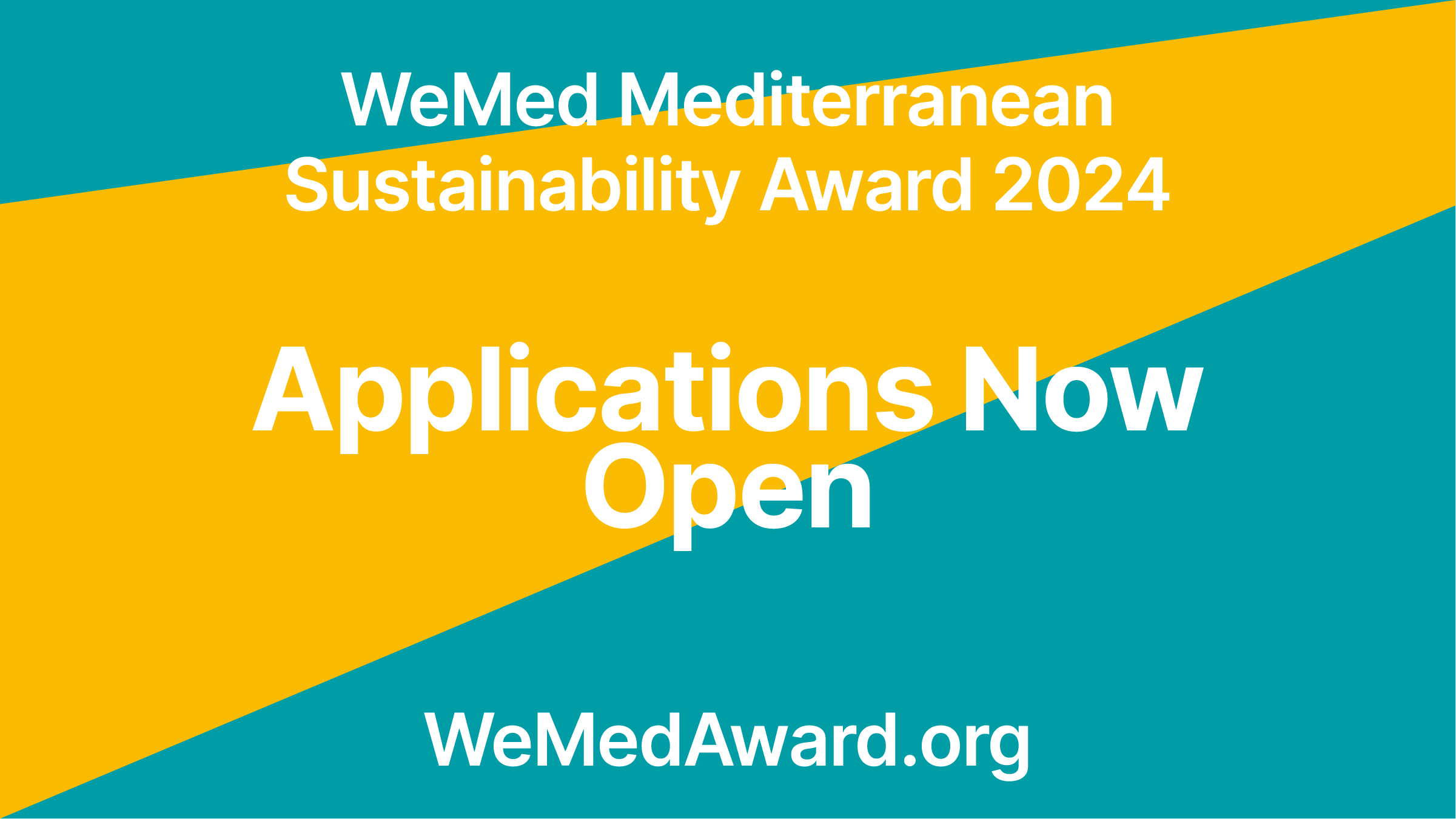Read the Report “A circular blue economy for the Mediterranean: current practices and opportunities”, launched by the Blue Growth Community and MedWaves, through SwitchMed
MedWaves, through the SwitchMed programme, is happy to announce the official publication of the report “A Circular Blue Economy for the Mediterranean: current practices and opportunities”.
This work is the result of a joint work with the Blue Growth Community. More specifically, the two entities behind the production of this report are the Intermediterranean Commission of the Conference of Peripheral Maritime Regions (IMC-CPMR), as partner of the Blue Growth Community, and MedWaves, the UNEP/MAP Regional Activity Centre for Sustainable Consumption and Production, with the contribution of Plan Bleu.
The overall aim of this report is to describe the state of play in the development of circular economy in Selected sectors of the Blue Economy in the Mediterranean. The report was officially presented in Barcelona on 10 May 2022, on the occasion of the conference “Fostering Circular Blue Economy in the Mediterranean”. Now, both projects intend to disseminate this public report as much as possible in order to maximise its capitalisation potential for the future of the blue circular economy.
As far as the methodology is concerned, the report researched the state of the art of circular economy in some relevant sectors of the blue economy. The report is therefore organised by sector, which makes it easier for the reader interested in one given field to retrieve specific information. The report also allows a cross-sectorial analysis and an opportunity to compare the advancement of circular economy practices in various sectors. Each category provides case studies and concrete examples of circular economy already implemented in both shores of the Mediterranean and outside the Mediterranean with a high potential for replication in the region.
The sectors studied in the report are the following:
• Fisheries and aquaculture. These two sectors offer great opportunities for circular economy implementation at all stages of the product life cycle. Many examples of integrated aquaculture farming processes and re-use or recycling of fish waste can be found. The report highlights the results of the BLUEfasma project, aiming at supporting the development of circular economy in fisheries and aquaculture.
• Port systems. Ports offer circular economy opportunities in the following categories: circularity in ports assets and equipment, circular flows of materials within ports, and ports as part of circular markets. Readers will find different examples of good practices from different Mediterranean and non-Mediterranean ports (Rotterdam, Amsterdam, Dover, Tallinn, Marseille).
• Shipbuilding and ship repair. These sectors have huge potential to develop circular industrial models on repair, maintenance, refurbishment, dismantlement and component harvesting. The Port of Marseille and Fornaes Ship Recycling in Denmark illustrate this tendency to transition towards more circular ship industry.
• Marinas. To remedy overcrowding, the digitalisation of marinas offers significant opportunities for circularity linked to boats renting and sharing. Innovation and the re-use of waste (e.g., Roule Ma frite 17’s re-use of cooking oil for boat cleaning) offer a great potential for circularity.
• Recreational boating and yachting. In this sector, a circular economy approach is pushed forward by innovative recyclable composites (e.g., Composite for fully recyclable racing boats), collection and dismantling of end-of-life boats, commerce of spare pieces (e.g., Cap’tain Chercheur for second-hand spare parts for pleasure boats), and recycling of glass-fiber.
It is worth mentioning that the sectors related to the exploitation of marine non-living resources were not included in the report, since these sectors are highly unsustainable.
The good practices identified were structured around 7 fields of action of the circular economy principles, namely:
• Eco-design (e.g. biodegradable fishing/aquaculture gear; recyclable composite/fibres; integrated aquaculture farming)
• Repair (e.g. find second-hand, end-of-series and destocking parts for pleasure boats)
• Re-use (e.g. of waste from fishery and aquaculture, of end-of-life boats)
• Reduce (e.g. greenhouse gases emissions in ports/marinas)
• Up-cycle (e.g. use old sails and fabric scamps for new products)
• Recycle (e.g. marine litter collected during fishing operations, oil in marinas, waste in ports, glass fibre products, parts and components from end-of-life boats)
• Digitalisation as an enabler of circular economy (e.g. in marinas to save energy consumption)
Moreover, the report provides in its conclusions an analysis of the challenges hindering the advancement of circular economy as well as solutions and recommendations to tackle these obstacles. In particular, the report offers recommendations in the following fields:
• Policy & governance
• Industrial development
• Business models
• Economy & finance
• Know-how, awareness & skills
The final version of the report is available here. We hope that this document will help decision-makers, public authorities, private and public sectors stakeholders, researchers, and citizens to be more aware of the important of implementing circular economy in the blue sectors.
For any question related to the report, you may contact Ananda Alonso (aalonson@gencat.cat)









